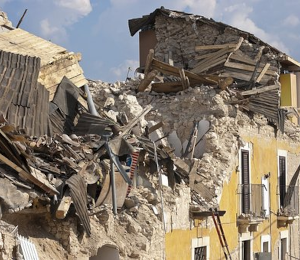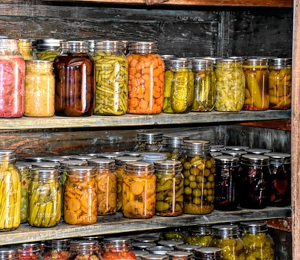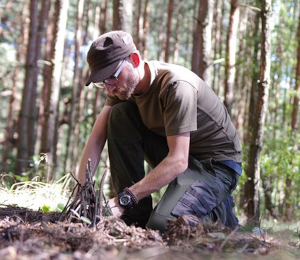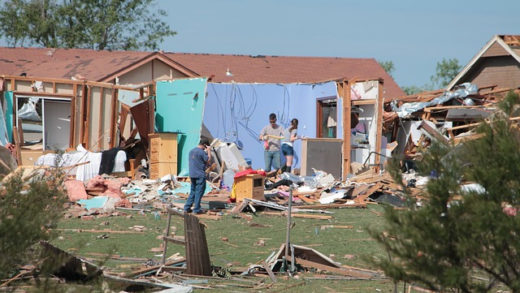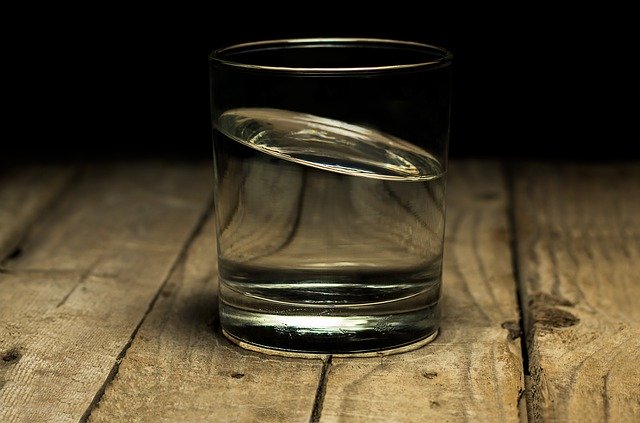
There’s nothing quite so refreshing as a cool glass of clear water. Water is essential to all life on earth. Yet water can also be harmful—even deadly—if it is impure. Worldwide over five million people die each year from water-borne diseases, and tens of millions more become sick. Even those of us who enjoy the luxury of treated municipal water are not immune from the dangers.
In 2018 Andrew Wheeler, director of the U.S. Environmental Protection Agency, said that one of the EPA’s greatest concerns is the large number of municipal water systems that are in violation of safety regulations or are using outdated infrastructure. And the EPA does not set standards for all the known toxins found in drinking water. Even bottled water does not guarantee safety. Multiple studies have shown bottled water to be no purer than tap water.
Four Sources of Contamination
About half our water supply comes from wells and springs, and the other half comes from reservoirs and rivers. All are subject to contamination from both manmade and natural sources. Certain contaminants can combine with the chlorine and fluoride added to municipal water supplies, producing yet more contaminants.
- Bacteria, Viruses and Parasites—The vast majority of outdoor
water sources throughout the United States are contaminated with
giardia, cryptosporidium, coliform bacteria, and other microscopic
creatures. They come mainly from sewage and animal waste that leaks into
streams and groundwater. They can get into drinking water systems
through leaky pipes and improperly constructed wells. These pathogens
can cause a variety of gastrointestinal ailments as well as hepatitis
and serious infections. - Agricultural, Automotive and Industrial Chemicals—
Pesticides, nitrates, solvents, adhesives, fuel additives, and hundreds
of other chemicals can get into water supplies through runoff, overflow,
and improper disposal. MTBE, a chemical used to produce oxygenated fuel, is showing up in more and more municipal water supplies and is not yet regulated by the EPA.
Trihalomethanes, chlorites, haloacetic acids and bromates may form when
organic contaminants interact with chlorine added to drinking water.
Exposure to these chemicals over time may lead to cancer, disorders of
the central nervous system, kidney and liver damage, reproductive
ailments, and birth defects. - Heavy Metals—Arsenic, lead, mercury, barium, chromium, and
other poisonous metals can leach into drinking water from natural
mineral deposits, as well as from industrial wastes and older plumbing
systems. Toxic metals can build up in the body, causing acute poisoning,
cancer, and various chronic ailments. - Radioactive Materials— Radon, uranium, radium and radioactive
trace elements get into groundwater from naturally-occuring mineral
deposits as well as from spills at reactors and industrial plants.
Long-term exposure can lead to cancer and damage to internal organs.
What Is to Be Done?
First, you need to find out what is in your water and make sure your family is protected. Find out what’s in your water. If your local water company serves more than 10,000 people, it is required to prepare an annual Consumer Confidence Report (CCR). Get a copy and review it. You may also wish to consider having your water tested to see if the plumbing in your home is leaching lead or other contaminants into your drinking water.
Next, you should invest in a water filter. If your water supply is less than ideal, you should at least filter your drinking water. If your water seems to be safe, you should still purchase an emergency filter that can be used in case of a contamination event. In any case, you should have a good filter in your 72-hour kit for protection in case of an evacuation.
Finally, every home needs a supply of emergency water. Disasters both large and small occur with enough frequency that everyone needs to be prepared. If possible, store at least 14 gallons of pure water for each person in the household. Store it in heavy food-grade plastic containers, preferably dark colored. Stored water needs to be kept as cool (to inhibit the growth of bacteria) and dark (to discourage algae growth) as possible. If the storage area has a concrete floor or masonry walls, put the containers on boards or shelves to keep them from touching these surfaces and absorbing odors. Check your stored water annually. If it smells bad, is discolored, or has a scum on top, discard it, wash the containers thoroughly with a solution containing a little bleach, and refill the containers.
Clean water is critical for life and health.


